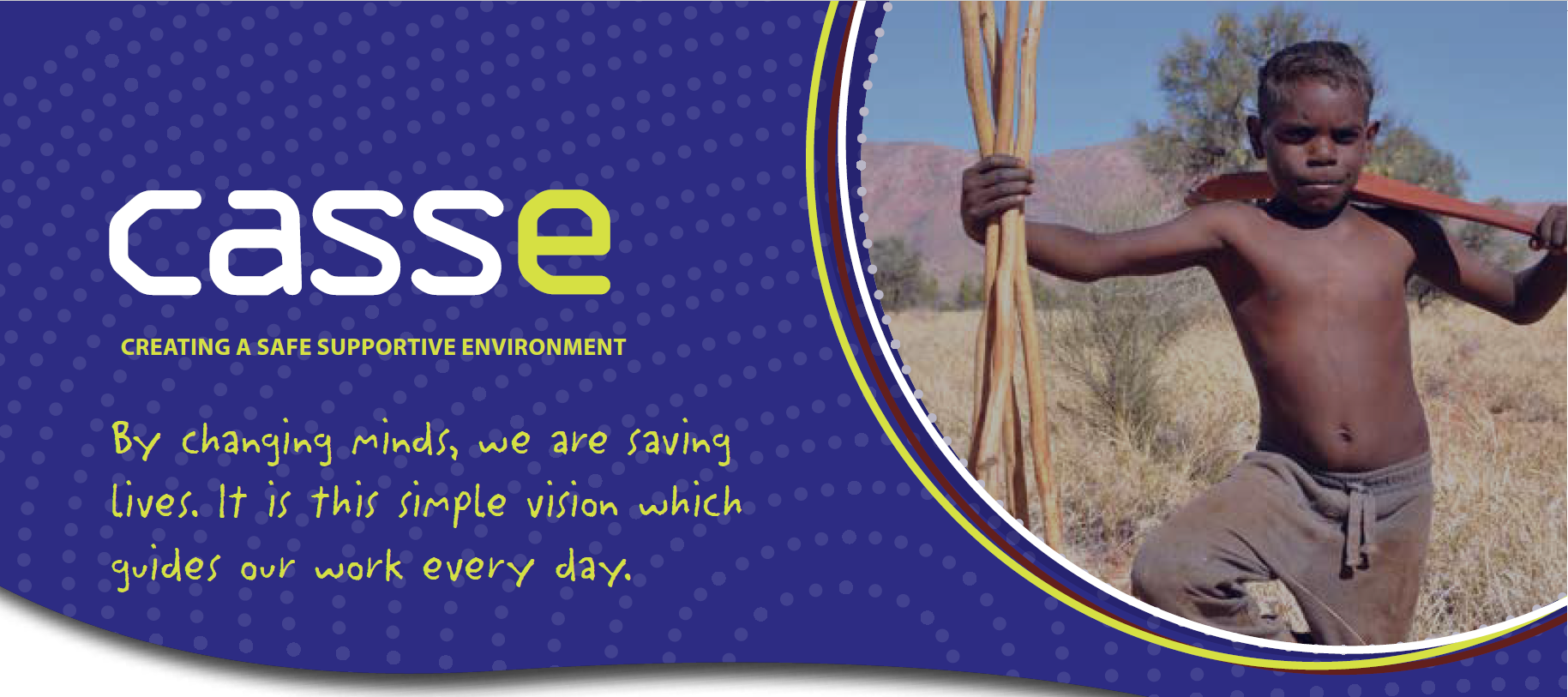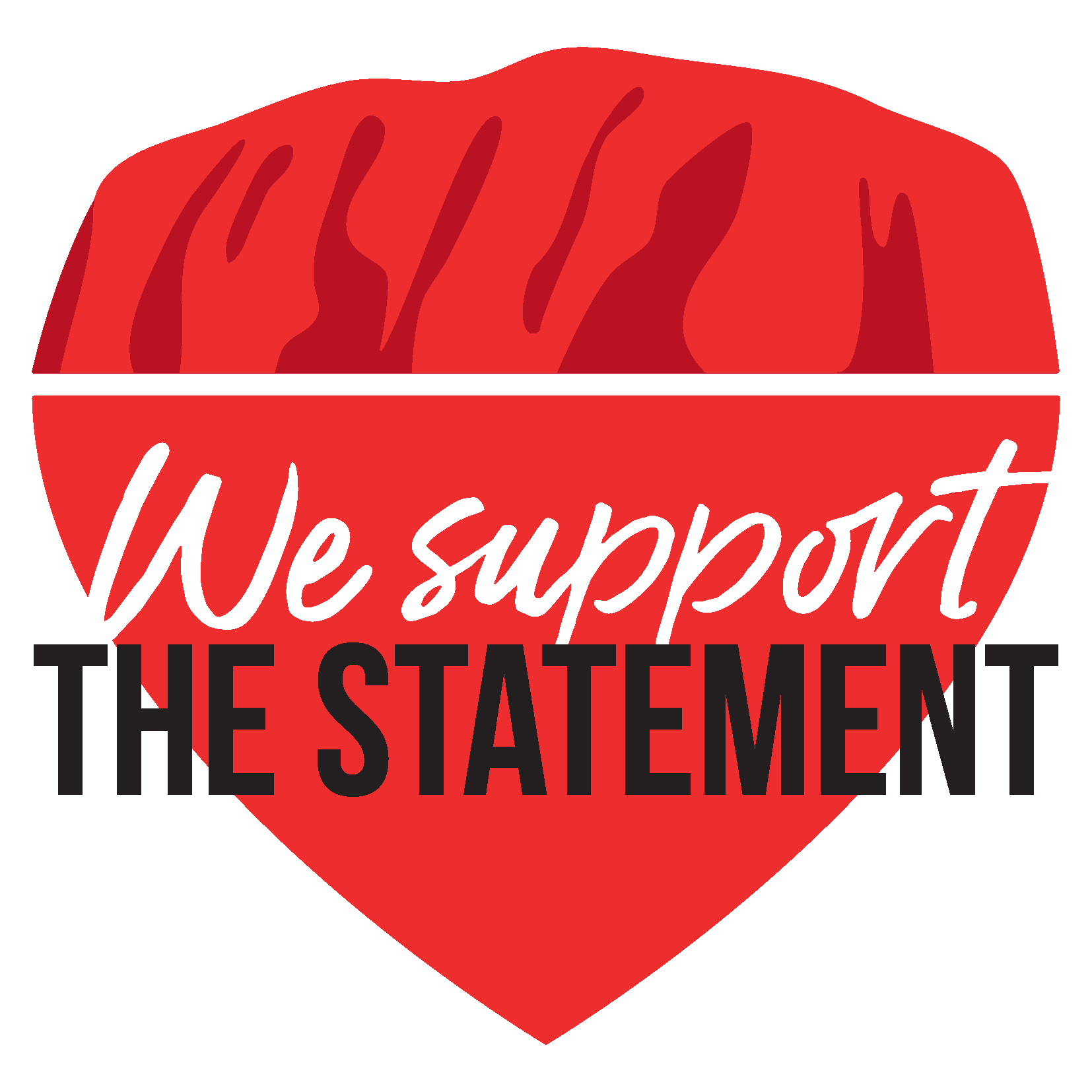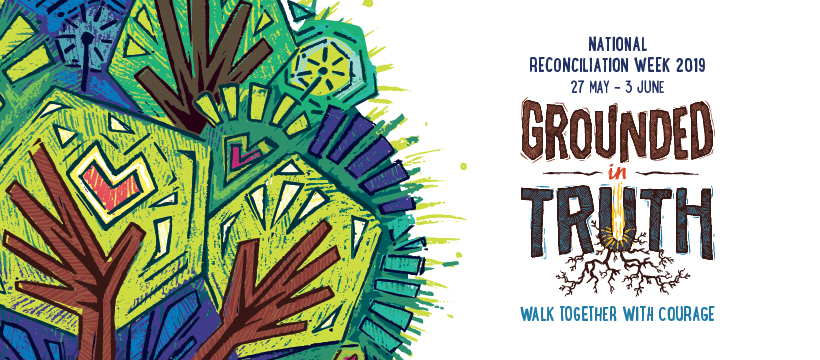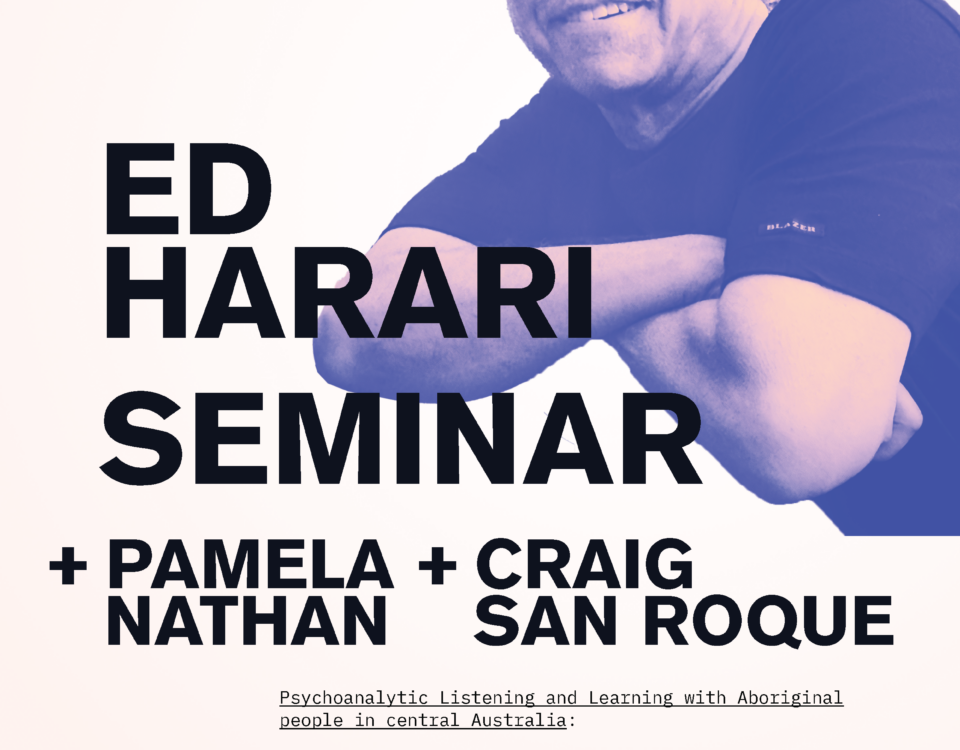
CASSE Newsletter – May 2019
May 24, 2019
“The time is now”
May 27, 2019By Pamela Nathan
National Reconciliation Week is 27 May to June 3, 2019. This year’s theme is ‘Grounded in Truth: Walk with Courage‘. I have included a piece of writing I wrote at the time of the Intervention in the NT (2007) about what constitutes a good psychotherapeutic intervention and here I wrote about truth and courage needed to face the truth. It takes a long time to tell the stories, which have to be told on the ground. It takes courage to face anguish and suffering. You can read more about what I call the settle down country internal story if you wish.
Briefly, I think searching for the truth assumes that all have a voice, that we are all in a position to have a voice and that all voices can be heard. To be grounded in truth, in short, requires equality. It requires recognising the truth of the Other. The search for emotional truth requires a tolerance for uncertainty and for not knowing which does not permit the control of Absolute truths. Whitefellah truths often seem to dominate and they often think they know and know what is best for all. But if we allow, the interplay of different points of view, a plurality of meanings, the paradox of more than one truth, and hear the voices and allow them to emerge, then transformation is possible. Further, it is emotion rather than knowledge that achieves reconciliation, or rather shared emotion at one moment, and the feeling of unison (between psychotherapist and patient and between blacks and whites). Hölderlin stated, “Reconciliation is there even in the midst of strife and all things that are parted find one another again”. An Aboriginal woman told the architect Greg Burgess who designed the cultural centre at Uluru to “do it like this” and she put two hands together into a clasp saying “let there be a meeting of two worlds, let them be one”.
Let all Australians engage in truth telling and support the Uluru Statement from the Heart and reconcile, recognise and empower the First Nation Peoples.
Settle Down Country
I then turned to my psychoanalytic psychotherapy practice and my experiences as a therapist to help me think about what constituted a good psychological intervention and what was entailed in finding a voice of self-determination. On the walls of my office are Aboriginal paintings mainly from Central Australia. I have a big painting by Japanangka on honey ant dreaming: his dreaming. I bought a portable fireplace and now have a fire in my office. I am reminded daily of sitting by the campfire on country with Japanangka. I sit with my patients like in the Old Time. When the session starts I wait for the ancestors from the past, the old men (artwang aywang) to chant in old time song for their country. Now I wait. I watch the flames flicker. I wait for the people to sing, motion and show the country to be traversed. I wait for them to feel for their country, and sing the dreaming tracks of the unconscious that crisscross the session, which lead them to shift here and there in the past and in the here and now, between their different selves, their defences, their temporal worlds and to settle down in the session.
Put simply, when I think of general psychoanalytic interventions, like other psychotherapists, I think about how the psychotherapeutic process requires a frame, a home, to hold the emotional field of pain, emotional turbulence and destruction and the frame usually comprises a regular time and place like a country camp. A safe place to talk in the presence of another is provided like sitting with the old men (artwang aywang). The traditional understandings of a process termed ‘borning’ or children being born on country (mer arlaltyek anweren ampa mpwaratyek) can describe a psychotherapy process and the metaphorical birth of the self. In the mid eighties, I was involved, with CAAC, in a project with Aboriginal women, helping them to tell the Aboriginal story of birthing which resulted in the service development of the Alukura; a place for them to give birth. Borning (Nathan 1985, 1) determined by the grandmother’s Law and the Dreamtime, is firmly situated in a tradition or belief about life and death and the relation of people to their origins and the rights and responsibilities of people to kin and country. The birth and ongoing birth of self—note the active voice of ‘borning’—requires a valuing of life and an acceptance of death, knowledge of relational origins and responsibility for the survival of the self. Borning has a holistic, purposeful and sacred character and these dimensions of life are carefully interwoven and directed in the borning process. Borning is a symbolic and progressive happening that encapsulates spirit, country and Dreaming and the development of the self is equally progressive and encapsulates spirit, hearth and dreaming too.
Beliefs about being found and coming into being are central to borning. Once found on country the spirit child is made to come up and must be looked after and built up. The baby is born on the ground (ahernel) his or her camp, hearth, country, everlasting home, token place, life source, spirit and centre and much else all in one (Stanner 1968, 44). When patients begin to find the lost, buried, repressed parts of themselves, reliving old wounds and assaults, digging up and weaving together old memories of ancestors long ago, they experience past memories as a living presence and become increasingly grounded. The parts make a whole and they can find in the borning process a home inside themselves. The self emerges, is born, transforms and becomes sacred. The process, however, can often be like a boomerang that doubles back, shifts ground and then goes forward. Hence the self needs a caretaker (kwertengerl) to maintain its internal country, home and spirit.
The work of psychotherapy takes time, a lot of time, for the remembering, the repeating of the repetitions of the past and the working through (Freud 1914, 149) and for the patient to fill in the gaps, make present what has been absent (Gerson 2009, 1342) and take responsibility for themselves and their life. I wondered how anyone could possibly think a dispossessed people could achieve self-determination in 30 years. Courage is required to face the mental pain of suffering and it is not unusual for people to defend against their pain and keep at bay their feelings or even take flight from them. There can be unwelcome truths as destructive behaviour and fantasies come to light. There can be endless repetition in the working through of these beliefs and behaviours. The knowledge is gained on a constant and repetitive basis, in a way similar to the teachings of the Altyerr (Dreaming) through song and dance in ceremonies and corroborees. The therapist has to hold the good alongside the bad and the bad has to be seen, named and understood. In forensic work, for example, many weeks, if not months, can be spent chipping away at the denial of a person who has committed a violent crime. They deny because they are too shamed to face what they have done. It can take a long time for someone to tell their story. Many people, indeed many white people, drown their sorrows, numb their pain or their guilt with grog and drugs or act out violently. The losses and injuries they have sustained have caused such mutilating, sorry cuts and they live with open, bleeding wounds. The primitive terrors, the kwertaty in the mind, can make one go crazy (arert), requiring thetherapist (ngangar) to be present to clean the bloodied mind and open sores and restore health to the spirit.
A person does not sit alone on country. They sit down with kin. Relatedness in the Aboriginal world is as fundamental as it is to psychotherapy. Continuity in being, between the Old Time and the present, and between sessions, provides a holding; in the Aboriginal world inseparable from the ancestral Dreaming, which can stand strong against the bad spirits. Beliefs can be explored, reframed and understood. Meanings are found and given to feelings, actions, fantasies and destructiveness. Concepts can grow like the baby (ampa akwek) on his or her country (mer arlalty)—the stories woven around this child and its place become central to an understanding of the self, like the knowledge of the owners (amereh-artwey) and the managers (kwertengerl) of country. Feelings can be named, like the baby is born and named on country, and a dreaming of the self can be found and live on in the Dreamtime (Altyerr). The real voice can now be heard, is encouraged to be heard and can become strong.






